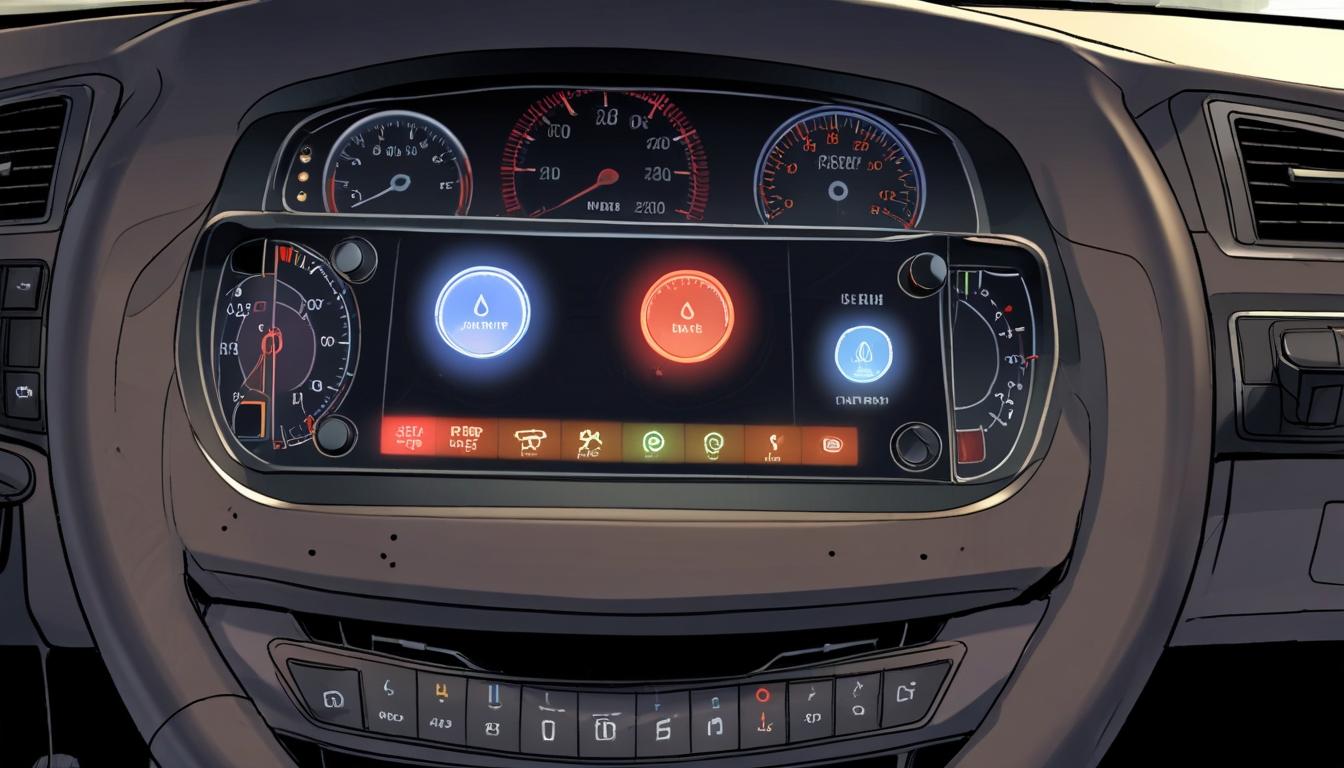The automotive industry's longstanding debate over the usability of touchscreen controls versus physical buttons has gained renewed momentum following a pivotal announcement from EuroNCAP. Set to take effect from January 2026, EuroNCAP's new safety standards aim to reintroduce physical controls for critical vehicle functions, such as turn signals, hazard lights, and windscreen wipers, in a bid to enhance driver safety and reduce distractions on the road.
In a landscape increasingly dominated by touchscreen interfaces, car manufacturers have faced mounting criticism regarding the potential distractions these systems pose. Many drivers report that the tendency to navigate intricate menus on a screen can divert their attention from the primary task of driving. A study conducted by British consultancy TRL highlighted this concern, revealing that distractions from infotainment systems could impair reaction times more significantly than the effects of alcohol or drugs. This alarming finding prompted the automotive safety organisation to rethink its approach and push for tangible controls that drivers can operate with minimal distraction.
According to Matthew Avery, EuroNCAP's Director of Strategic Development, manufacturers are "on notice" and must revert to tactile switchgear to secure the sought-after five-star safety rating. Given the increasing complexity of modern vehicles, this requirement may seem counterintuitive; however, it reflects a broader recognition that user-friendly interfaces can enhance both safety and driving experiences. The new directives will incentivise carmakers to prioritize ergonomics in their designs, ensuring that essential functions remain easily accessible without necessitating an intense focus on screens.
While many manufacturers are responding positively to this shift—Volkswagen, for example, is already planning to reintroduce physical buttons in its next lineup—others appear determined to maintain their commitment to touchscreen technology. Premium brands like Mercedes-Benz and BMW have pushed the envelope further, with systems that promise sophisticated, screen-centric user experiences. For instance, Mercedes has unveiled its Superscreen concept, which features an expansive display intended to streamline vehicle interactions. However, this move risks alienating drivers who have expressed dissatisfaction with their reliance on digital interfaces, particularly when critical functions become buried beneath layers of menus.
This transition isn’t merely about functionality; it also reflects broader societal attitudes toward vehicle safety and design. Dacia's CEO, Denis Le Vot, succinctly articulates the tension between consumer demands and manufacturer innovations: while many of his customers appreciate advanced safety features, the irony is that many disable them due to their intrusive nature. As a result, the Renault Group is innovatively developing a button that allows drivers to deactivate these features with a simple long press, recognising the demand for simplicity amid a tech-driven industry.
Critics, however, warn that a reversion to physical controls might be a temporary solution in the face of rapid advancements toward fully autonomous vehicles. As manufacturers glance toward a future flooded with self-driving technology, the ongoing evolution of in-car interfaces may lean more heavily toward digitisation, jeopardising the tactile controls that many drivers find reassuring.
As the automotive industry prepares for this impending shift, it seems the message is clear: the public values safety and simplicity, and both consumers and regulatory bodies are collaborating to ensure that convenience does not come at the expense of driver focus and safety.
Reference Map
- Paragraphs 1, 2, 3, 4, 5, 6, 7.
- Paragraphs 1, 2, 3, 4.
- Paragraphs 1, 5, 6.
- Paragraphs 1, 3, 4, 5, 6.
- Paragraphs 1, 3, 4.
- Paragraph 1, 2, 3, 4.
- Paragraph 1, 3, 4.
Source: Noah Wire Services
